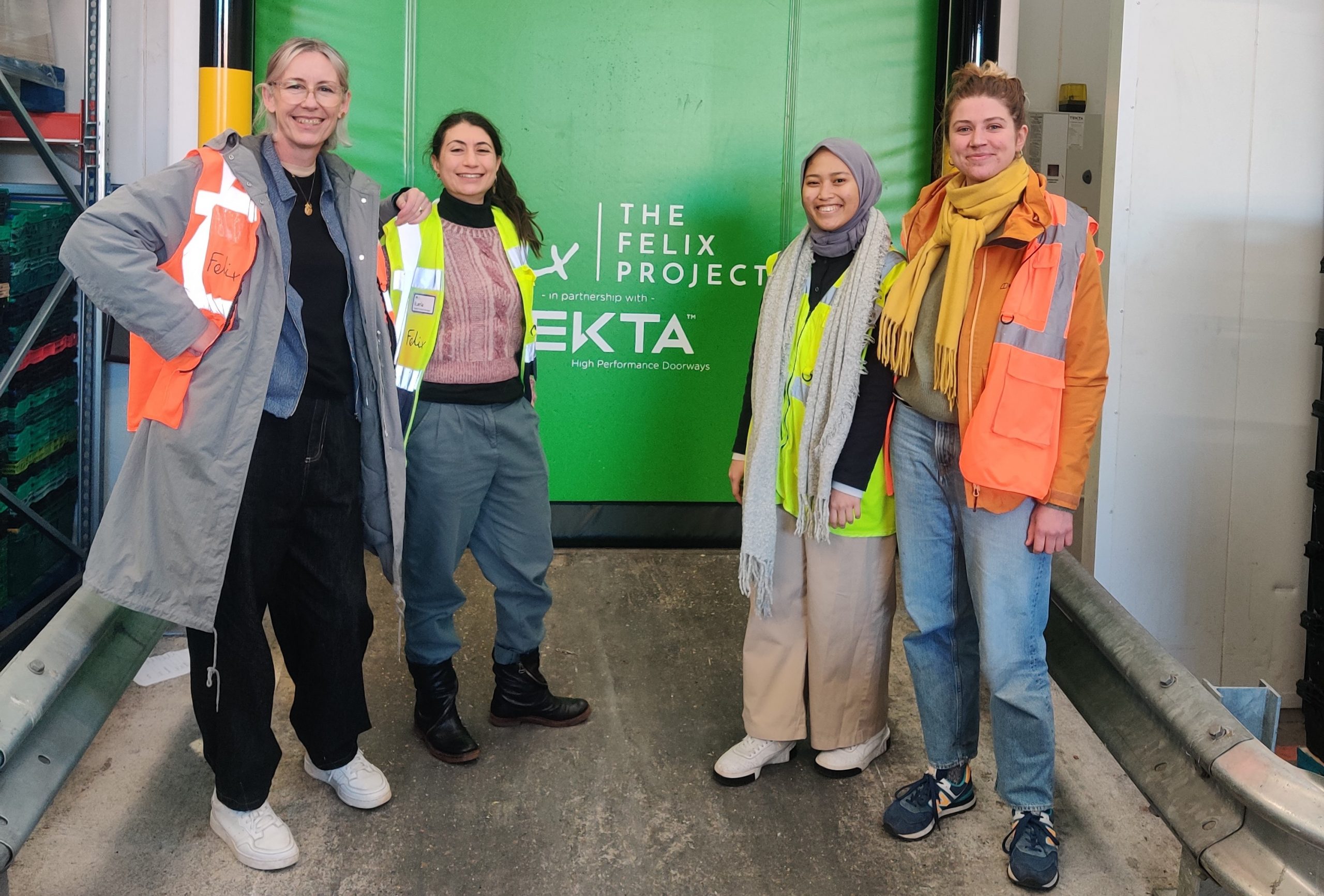Making workspaces work for learning
We’re building First Hand because we believe industrial sites and productive places can be – and must become – rich learning environments to engage and inspire, train and upskill workers and communities.
These kinds of places have power and appeal: they’re live and stimulating, they bring theory to life. They are full of life, people with knowledge, skills and ideas. They’re sensory and memorable. They’re often dynamic, with space for ideas, input and exchange.
On the other hand – industrial sites can be dangerous and mute places. They can be niche and obscure, they’re often remote, and there can be further access issues from commercial sensitivities to contamination. On top of this place-based learning is operationally intensive, challenging to scale and to replicate.
We know all of the downsides, so why are we so all in?
We don’t need to tell you that the way we produce and consume things – whether thats food, drink, goods or buildings – is changing. Whether you want to position this as ‘climate’ or green innovation doesn’t really matter: shifts in policy or regulation, fragile supply chains, consumer preferences, skills shortages, technological shifts, it’s all happening and building our capacity to respond is vital.
Even for those who believe technology will save us, it can only save us as fast as we can learn to invent it and operationalise it. Our knowledge and skills need to change as radically as the world around us and as fast if not faster.
So all examples of progress, all connections and networks have to be squeezed for their engagement and learning potential.
Open Learning and the approaches that inspired First Hand hold the potential for benefit that justifies the effort. We’re a small but essential part of a much bigger change to what – and where – we learn.






